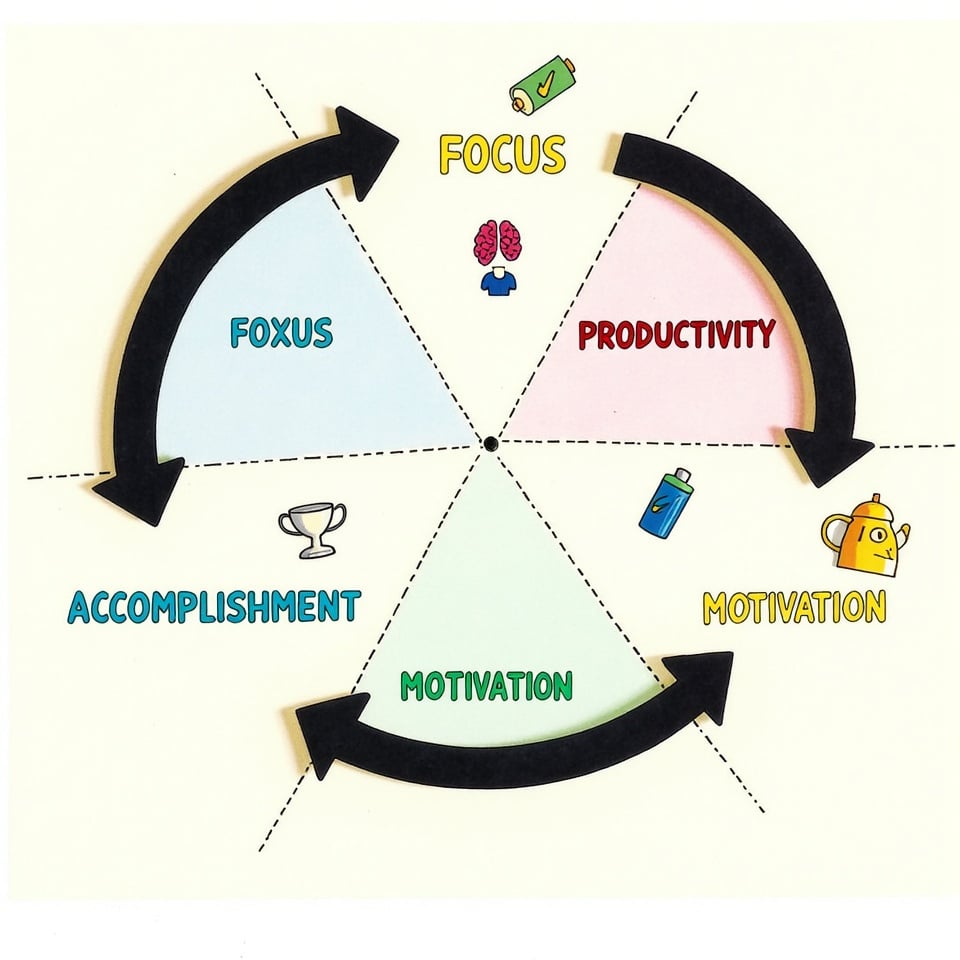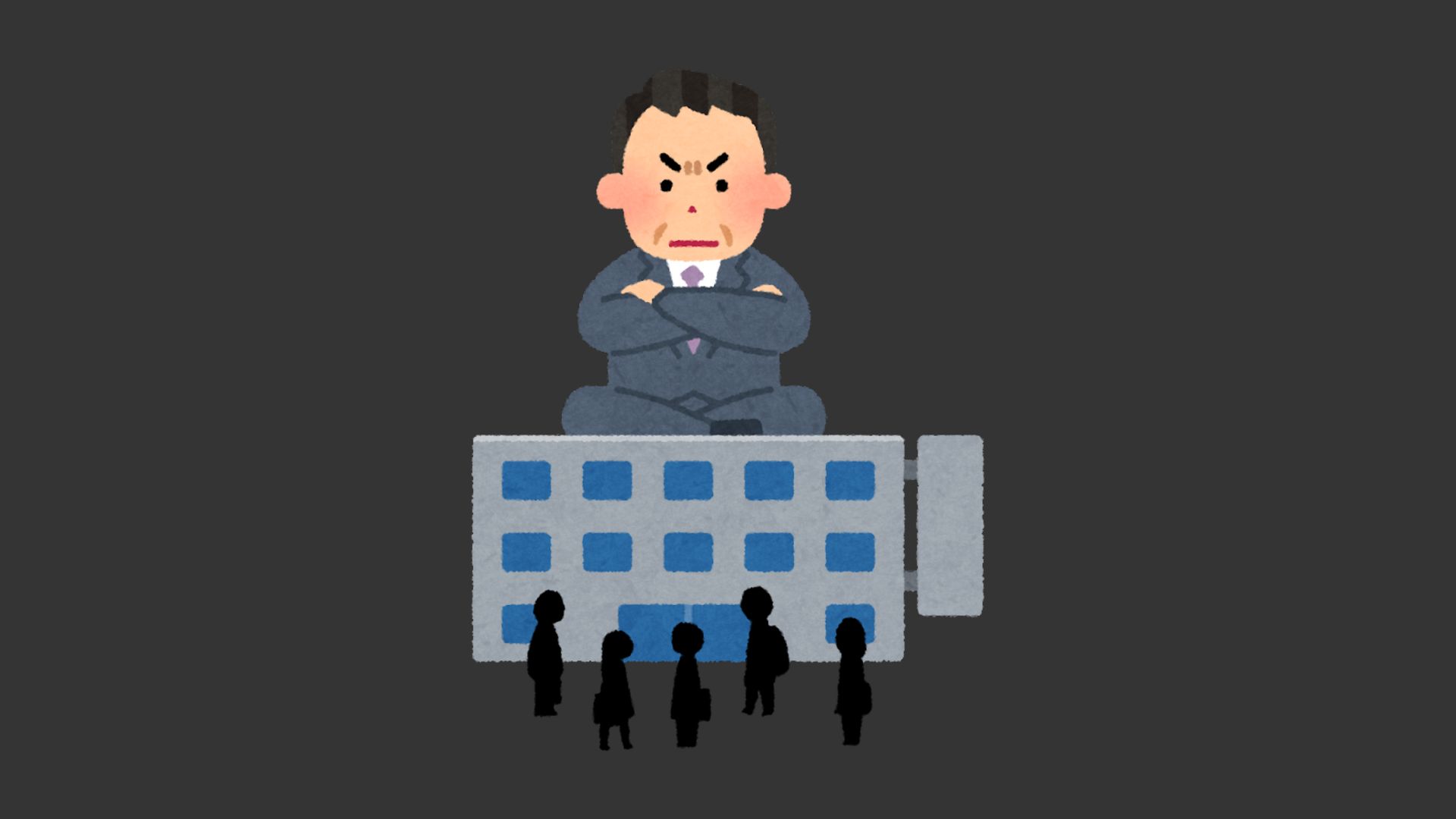Micromanagement kills productivity, crushes morale, and pushes your best talent out the door.
But what exactly is micromanagement—and how do you spot the signs before it’s too late?
In this guide, I’ll break down why micromanagement happens, the surprising ways it damages your business, and exactly how to shift toward leadership that empowers your team.
Ready to trade control for trust, frustration for productivity, and stress for success?
Let’s dive right in.
What is Micromanagement?
Micromanagement is when a manager tries to control every tiny detail of what their team is doing.
Instead of trusting people to handle their own work, the boss is constantly watching, correcting, and “checking in.”
It’s like having someone breathe down your neck… all day long.
Ever had a teacher who hovered over your shoulder while you were writing a test?
That’s micromanagement.
Not fun, right?
Here’s what it usually looks like:
- Your manager edits your emails before you send them.
- You need approval for things you’ve done a hundred times.
- They jump in to “fix” things without being asked.
- You can’t take a step without reporting back.
Sounds exhausting? It is.
For both sides.
Micromanagement isn’t just annoying—it’s counterproductive.
It slows things down, kills creativity, and makes people feel like they can’t be trusted.
And trust me, when people don’t feel trusted, they stop giving their best.
Micromanagement might come from a good place—like wanting things done “right”—but it often leads to the opposite: burnout, frustration, and high turnover.
So, if you’ve ever felt like you’re being treated like a robot instead of a capable human… you’ve probably been micromanaged.
Micromanagement vs. Effective Leadership
Let’s get one thing straight: micromanagement is not leadership.
It’s control.
And it’s usually fear-based.
Effective leadership, on the other hand, is rooted in trust and support.
Here’s the difference:
Micromanagement looks like:
- “Did you finish that task? Show me right now.”
- “I rewrote your report to match my style.”
- “Don’t make a move without asking me first.”
It’s about hovering.
Over-checking.
Second-guessing.
The manager becomes a bottleneck.
Everything slows down.
People stop thinking for themselves because—well—what’s the point if someone’s just going to redo it anyway?
Effective leadership looks like:
- “You’ve got this. Let me know how I can help.”
- “I trust your judgment. Keep me posted.”
- “Here’s the goal. You decide how to get there.”
Leaders guide, not guard.
They ask questions instead of giving orders.
They focus on outcomes, not how many minutes you took for lunch.
Still unsure which one you’re doing?
Ask yourself:
- Do I delegate, or do I dictate?
- Do I give freedom, or do I give checklists?
- Do people grow under my leadership, or shrink?
Micromanagement says: “I know best.”
Leadership says: “I believe in you.”
One crushes motivation.
The other builds it.
So… which one are you showing up as?
The Consequences of Micromanagement
Micromanagement isn’t just annoying—it has some very real, damaging effects.
Let’s break it down, so you know exactly what you’re dealing with.
Negative Impact on Employee Morale and Engagement
Imagine showing up every day knowing someone will question every tiny decision you make.
Frustrating, isn’t it?
Employees stuck under a micromanager quickly lose confidence.
They start feeling:
- Disrespected and undervalued.
- Anxious and constantly stressed.
- Less excited about their job.
It’s like constantly having your homework graded—before you even finish it.
Eventually, people stop caring, because who wants to give their best when their best isn’t trusted?
Reduced Productivity and Efficiency
You might think that closely supervising people improves quality, right?
Actually, it does the opposite.
Here’s why:
- Employees spend too much time reporting back, rather than working.
- Managers waste energy triple-checking tasks instead of focusing on bigger goals.
- Creativity and problem-solving grind to a halt.
Micromanagement turns simple tasks into complicated, exhausting chores.
And guess what? Work slows down to a crawl.
Increased Turnover and Loss of Talent
Talented, creative people crave freedom and trust. Micromanagement offers neither.
So, guess what happens next?
- High performers get fed up and leave.
- New talent hears about your reputation and avoids your workplace.
- The organization becomes a revolving door.
People don’t quit jobs—they quit bosses.
And micromanagers top the list of bosses who send good employees packing.
Comparison to Other Leadership Styles
To really see how damaging micromanagement can be, let’s compare it to three other leadership styles:
- Autocratic leadership: Decisions come from the top. Like micromanagement, it can stifle creativity—but at least employees have clarity. Still, it’s harsh, and morale often suffers.
- Democratic leadership: Leaders involve employees in decisions. There’s more trust, collaboration, and higher motivation. It might take a bit longer to reach decisions, but people feel valued.
- Laissez-faire leadership: Employees have almost total freedom. Good for highly skilled, motivated teams—but risky if employees need clearer guidance.
Micromanagement sits awkwardly: it’s strict, controlling, and demotivating.
It’s the worst of both worlds—too involved, yet not genuinely supportive.
Breaking Free from Micromanagement
Micromanagement is a hard habit to break—especially if you care about results.
But here’s the truth: letting go isn’t losing control.
It’s gaining better outcomes through trust, clarity, and communication.
Let’s walk through how to break free.
Identifying the Signs of Micromanagement in Your Leadership Style
First, you need to check yourself.
Ask:
- Do I constantly check on progress instead of outcomes?
- Do I redo my team’s work because it’s “not how I’d do it”?
- Do I struggle to hand over responsibilities?
If you’re always the final stop for every task, you’re not leading—you’re bottlenecking.
Awareness is the first step to change.
Building Trust and Empowering Your Team Members
Micromanagement says: “I don’t trust you.”
Flip the script. Start showing your team you believe in them.
Here’s how:
- Give ownership of tasks—without hovering.
- Praise effort, not just perfection.
- Allow mistakes (yes, really). Mistakes = learning.
Trust isn’t given blindly.
It’s built over time.
But it starts with giving people the chance to rise.
Focusing on High-Level Goals and Objectives
Zoom out.
As a leader, your job isn’t to fix typos—it’s to steer the ship.
Shift your mindset from:
- “What’s being done today?” to
- “Where are we going this quarter?”
Set clear goals.
Define success.
Then let your team figure out how to get there.
Leaders lead.
They don’t micromanage meetings, emails, or snack breaks.
Effective Delegation and Communication Strategies
Delegation isn’t dumping tasks.
It’s assigning responsibility with clarity.
Here’s what good delegation looks like:
- “Here’s the outcome I need. You decide how to get there.”
- “Keep me updated every Friday. Let me know if you get stuck.”
- “You’ve got the green light. I trust your call.”
Also—communicate smart.
Use check-ins, not check-ups:
- Weekly standups.
- Shared project boards (like Trello or Asana).
- One-on-one feedback sessions.
These systems keep everyone aligned without hovering.
Breaking the micromanagement cycle takes effort—but the payoff is huge.
You get a stronger, more capable team.
They get a leader who believes in them.
And you?
You finally get to focus on what matters most.
Let go a little… and watch your team grow.
Creating a Culture of Autonomy and Accountability
Want your team to thrive without you breathing down their necks? It starts with building a culture where people are both free and responsible.
Autonomy and accountability aren’t opposites—they’re best friends.
Start with Clear Expectations
You can’t expect people to take ownership if they don’t know what “success” looks like.
So:
- Be crystal clear on goals.
- Define roles and responsibilities.
- Set deadlines that make sense—then stick to them.
Clarity is freedom.
When people know the rules, they play with confidence.
Teach Decision-Making, Not Just Task-Doing
Instead of just assigning tasks, explain why they matter.
Say things like:
- “Here’s the outcome we’re aiming for.”
- “Here’s the context—do you see a better way?”
- “Make the call. I trust your judgment.”
This mindset shift helps your team become thinkers, not just doers.
Encourage Open, Honest Communication
Autonomy doesn’t mean silence.
In fact, communication is what keeps it all running.
Build feedback into your culture:
- Quick daily check-ins.
- “How are we doing?” retrospectives.
- Safe space for voicing ideas and concerns.
The more your team talks, the more they own the process.
Hold People Accountable—Without Fear
Accountability isn’t about blaming people when things go wrong.
It’s about ownership.
When a mistake happens:
- Ask, “What did we learn?”
- Not, “Who messed up?”
And when things go right?
- Celebrate it. Loudly.
- Recognize effort and results—publicly and often.
Use Tools That Support Independence
Autonomy gets easier with the right tools:
- Project trackers (like ClickUp or Notion).
- Shared docs with clear responsibilities.
- Dashboards with live progress updates.
The goal? No surprises, no chaos, no chasing people down.
In a culture of autonomy and accountability:
- People feel safe.
- They take initiative.
- They grow—and your business grows with them.
So stop micromanaging and start mentoring.
Your team doesn’t need a babysitter.
They need a leader who trusts, supports, and gets out of the way.
Related Reading: Macromanagement: How to Lead Teams Without Micromanaging







